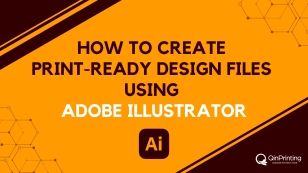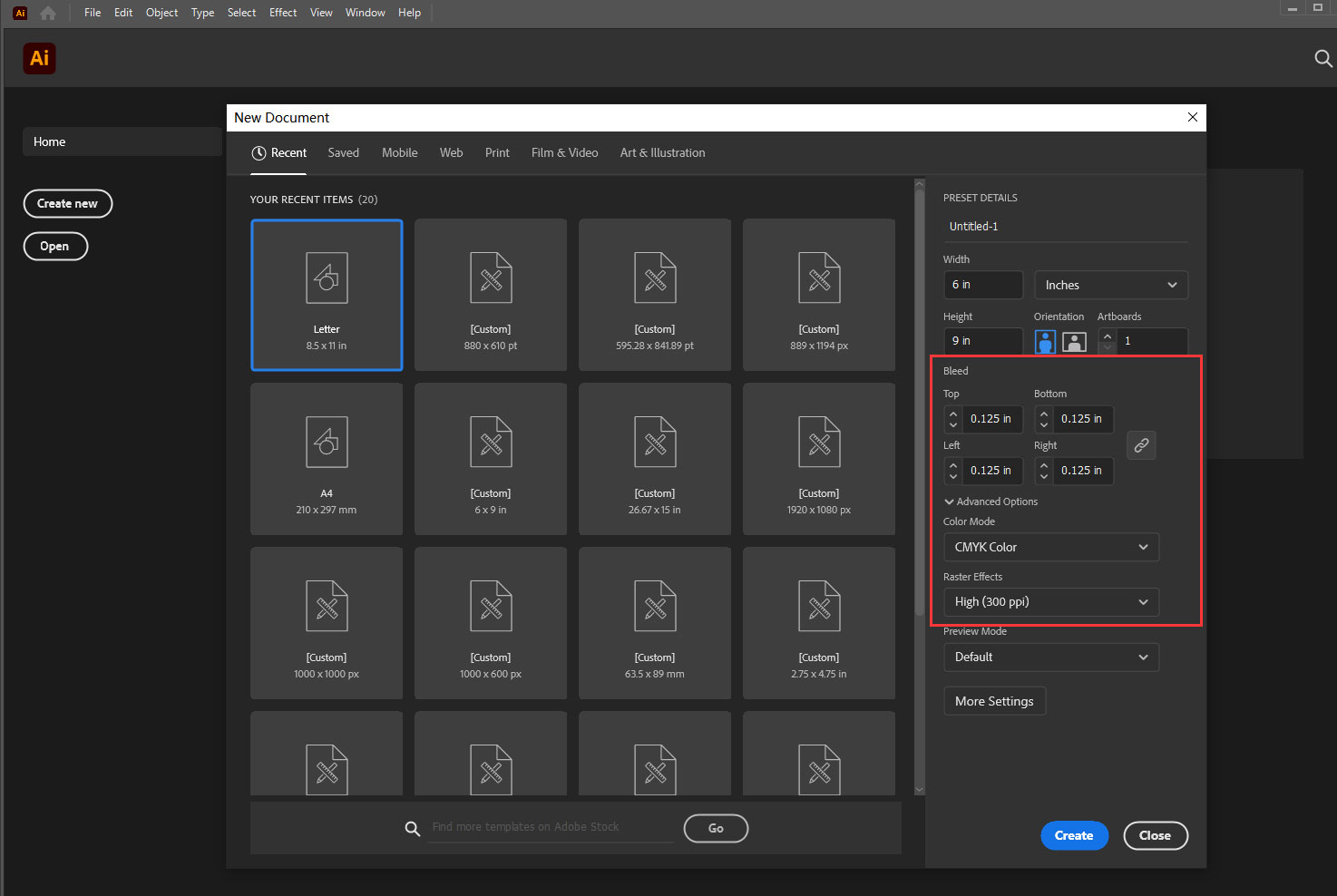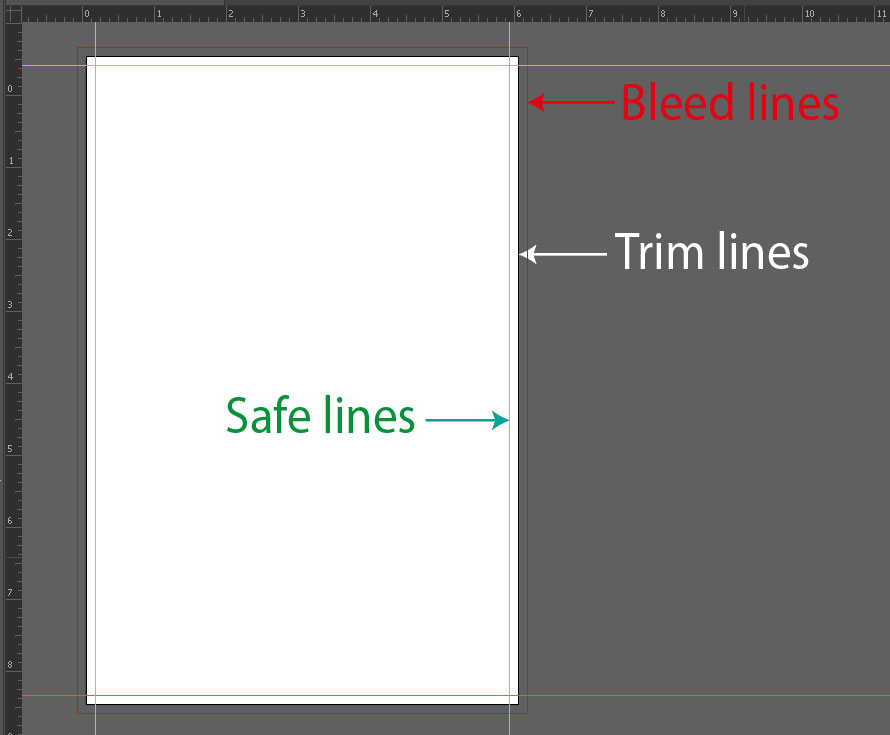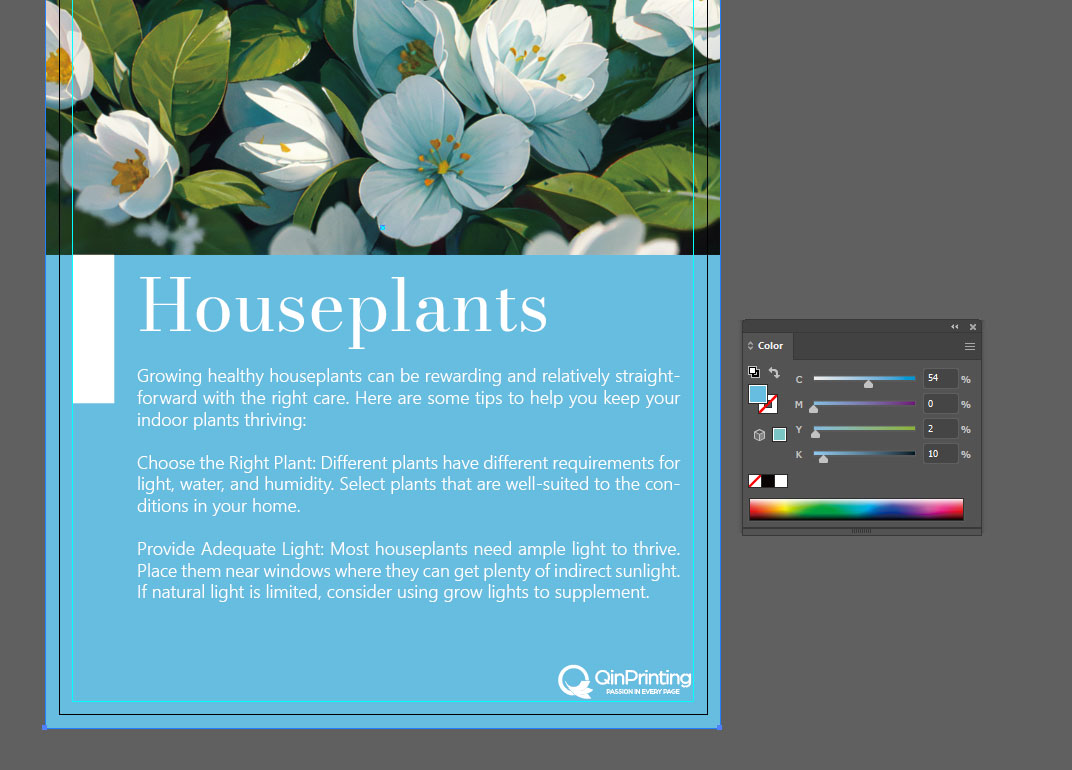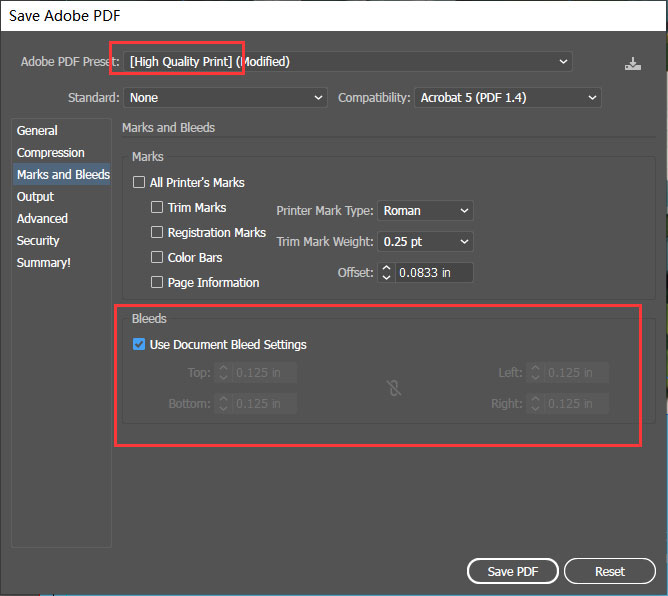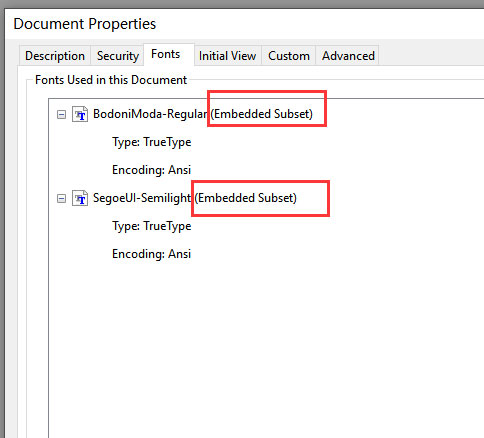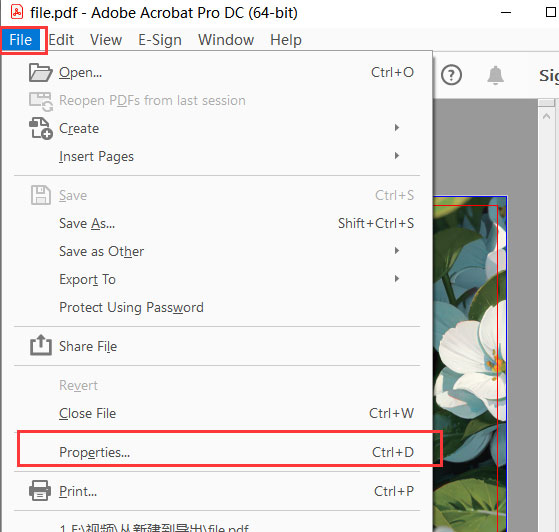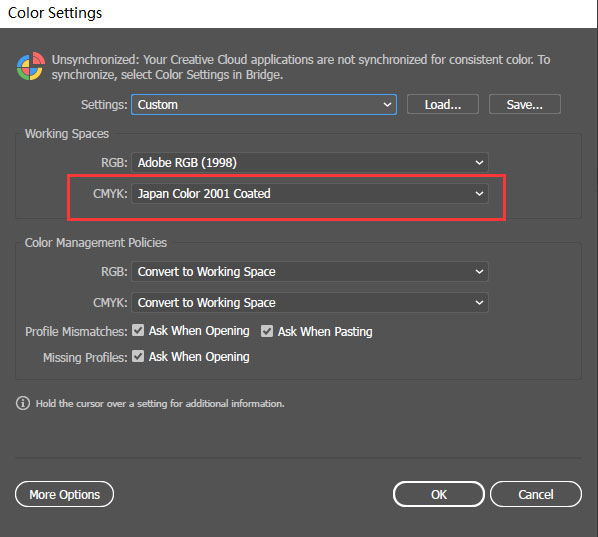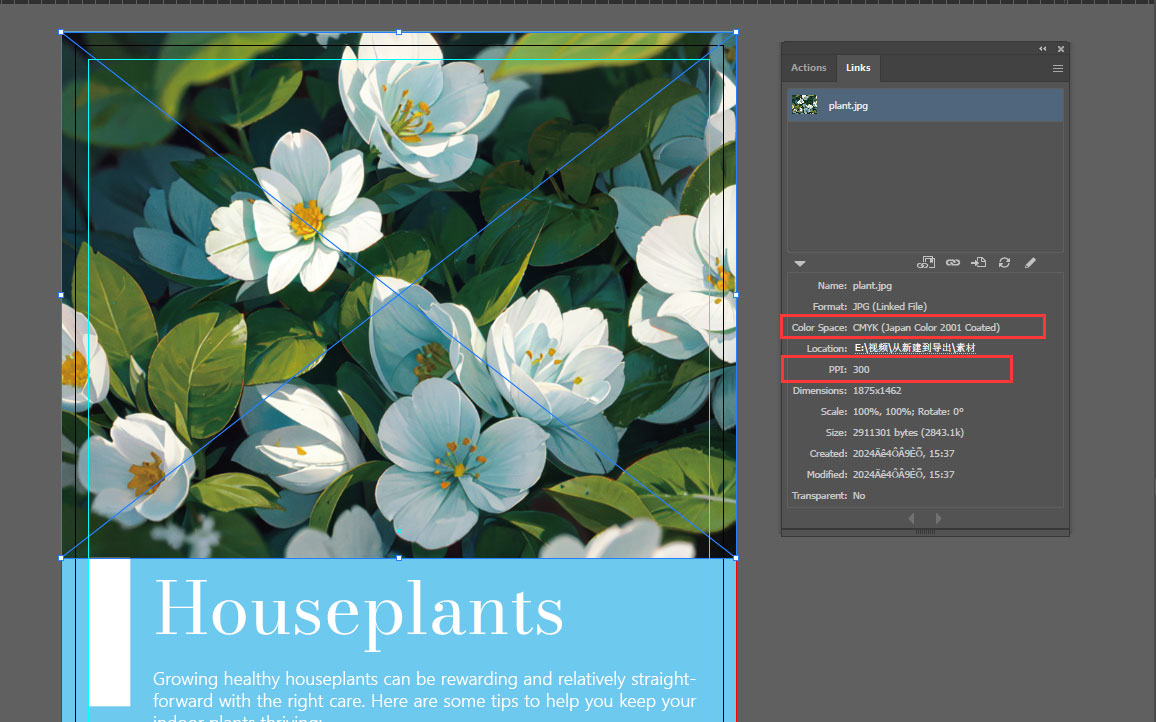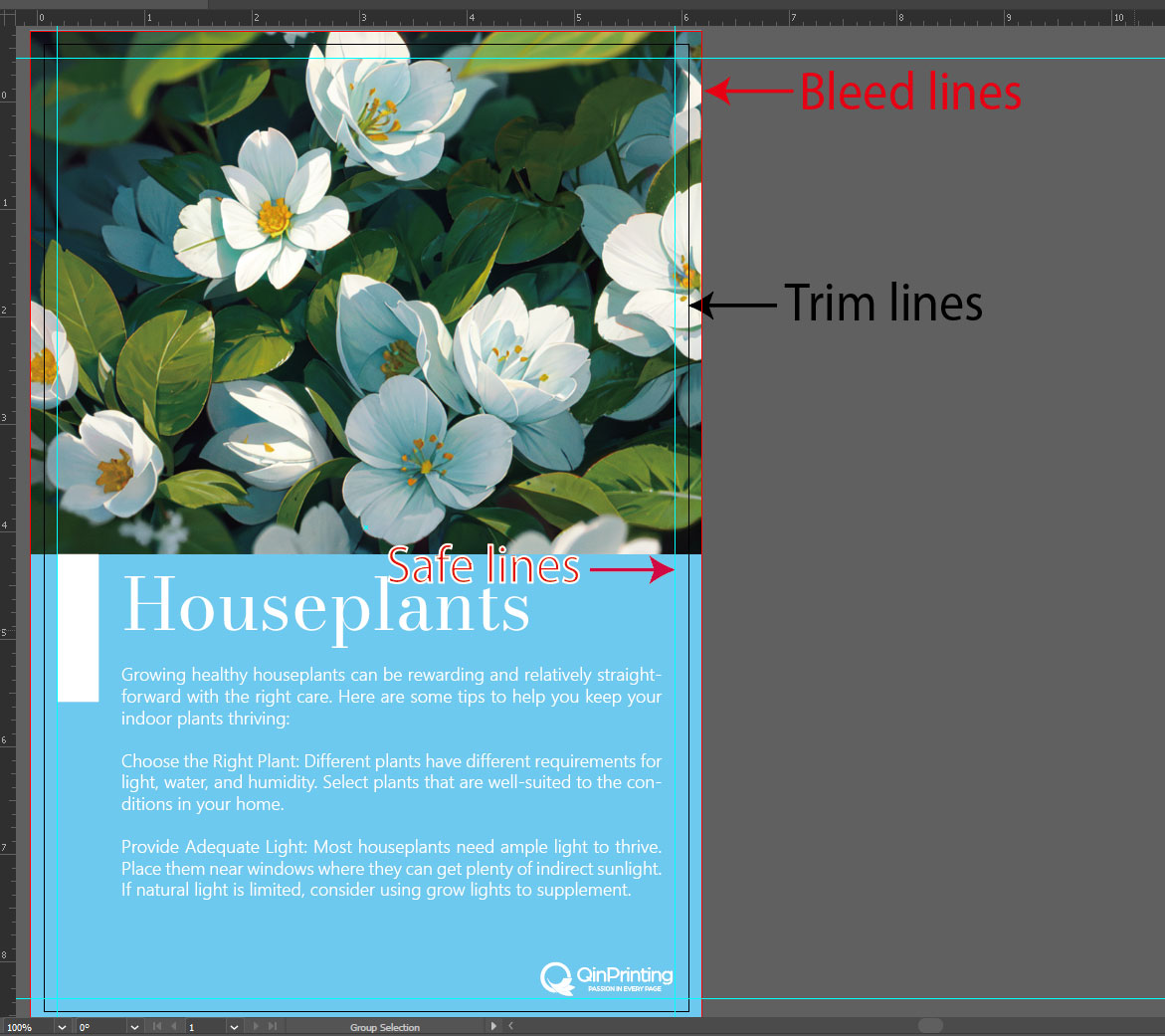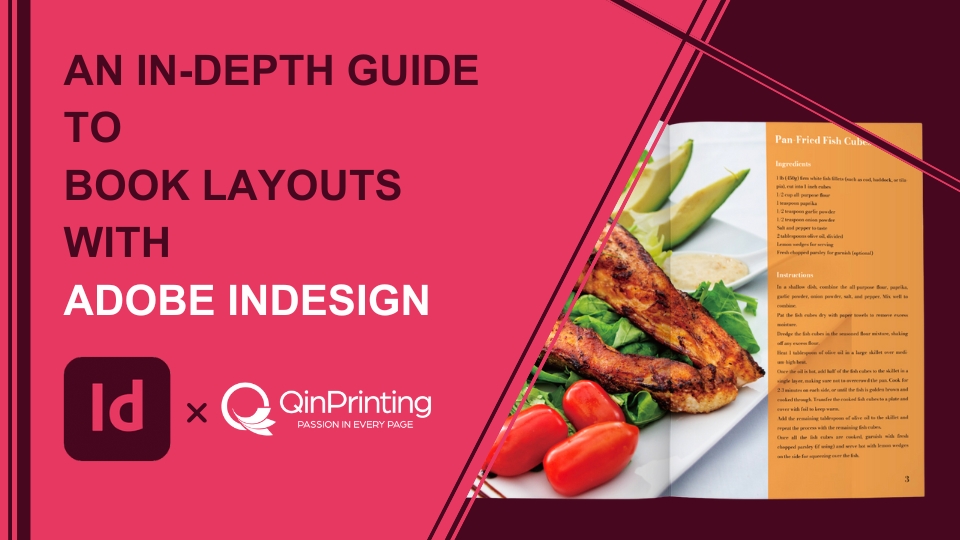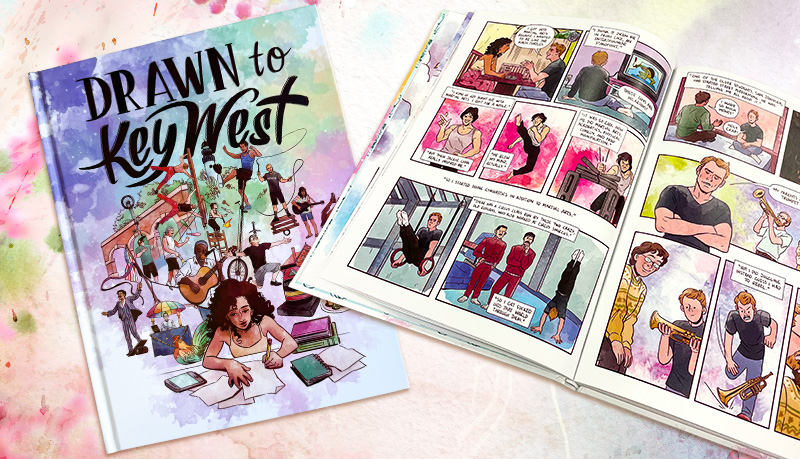Our detailed step-by-step instructional guide with video, text, and screenshots, explaining exactly how to design, prepare, and export a print-ready PDF using Adobe Illustrator
In this post, we present an easy-to-follow guide on preparing PDF print files in Adobe Illustrator. Whether you're a freelance designer, a marketing professional, a small business owner, or a self-publisher, mastering the art of print design is essential for bringing your creative work to life on the printed page. In this detailed tutorial, we'll not only walk you through the practical steps of setting up, designing, and exporting print-ready PDF files but also provide valuable insights, troubleshooting tips, and answers to frequently asked questions to make sure your designs are perfectly formatted and ready for print.
Setting up your document
To begin, launch Adobe Illustrator and create a new document by clicking on “Create.” Input your desired finish size and select the correct units to guarantee accuracy from the start. Remember, the choice of units (inches, millimeters, etc.) can significantly impact the final dimensions of your printed piece.
Next, set the bleed to 0.125 inches or 3 mm to accommodate any trimming variations during the printing process. This ensures that your design extends beyond the trim edge, preventing unwanted white edges.
Understanding document layout
With your document set up, it's important to understand the layout elements that will influence the final printed result. The white area represents the finished size of your piece, while the red lines indicate the bleed area.
Guidelines play a vital role in maintaining consistency and alignment across your design. Use them to delineate margins, columns, or other structural elements, keeping your layout organized and visually appealing.
Color space and image file resolution
As you work through the design process, keep print considerations at the forefront of your mind. Start by selecting the appropriate color mode for accurate color reproduction in print. Make sure that all images are in CMYK mode to maintain clarity and vibrancy in print. Remember, the quality of your images directly impacts the final output.
When selecting the “Raster Effects” setting, opt for “High (300 dpi)” to guarantee that your graphics and effects maintain crispness and clarity in print.
Export your PDF
Once your design is complete, you can move on to export your PDF print file. Click on “Save” and choose the file type as “Adobe PDF” to initiate the export process. In the pop-up window, check the option “Use Document Bleed Settings” under marks and bleeds to preserve your bleed settings during export. This makes sure that your design extends to the edge of the printed page, maintaining a professional appearance.
With your PDF export settings configured, click “Save” to generate your print-ready file. Congratulations! Your project is now poised for production, ready to be printed.
Troubleshooting
Even with careful preparation, you may find for one reason or another that certain issues arise during the PDF print file preparation and export process. Here are some common problems and challenges we've seen — complete with our solutions:
Font embedding errors
Problem: Some fonts may not embed properly in the PDF file, leading to font substitution or missing text.
Solution: Check the font embedding settings in Adobe PDF. Make sure that all fonts used in the document are either embedded or outlined to avoid potential issues with font compatibility.
You can check whether the font is embedded in Adobe Acrobat: choose “File” -> “Properties” ->”Fonts”
Color profile mismatches
Problem: Colors may appear differently in the final printed output due to color profile mismatches between the document and the printer.
Solution: Use the appropriate color profile for your print project and check that all images and graphics are converted to the correct color space (CMYK) before exporting the PDF. We recommend using Japan Color 2001 Coated for design. But when exporting files, please select “Don't include profile”. If in doubt, or if you've chosen Spot colors or Pantone, get in touch with us to confirm your preferred color profile for printing.
Image resolution issues
Problem: Low-resolution images may appear pixelated or blurry in the final printed output.
Solution: Remember to use high-resolution images (300 dpi or higher) in your Adobe Illustrator document to maintain image quality in print. You should also double-check the resolution of all images before exporting the PDF and replace any low-resolution images with higher-quality versions if necessary.
Trimming errors
Problem: The final printed piece may have uneven or inaccurate trimming, resulting in a misaligned design.
Solution: Double check that you've set up your bleed and trim marks correctly in the Adobe Illustrator document to guarantee that there is enough bleed area to accommodate trimming variations.
FAQs
Here are answers to some frequently asked questions about preparing and exporting print-ready PDF design files in Adobe Illustrator:
Talk to us! We're here to help
By following the steps outlined in this tutorial, along with the troubleshooting tips and answers to frequently asked questions, you're well-equipped to tackle any print design project with confidence and finesse. Remember, print design is both an art and a science, requiring attention to detail, creativity, and technical precision. Armed with the knowledge and techniques shared here, you're ready to create stunning print materials that are ready to print. Still need more help? No problem! Just get in touch.





